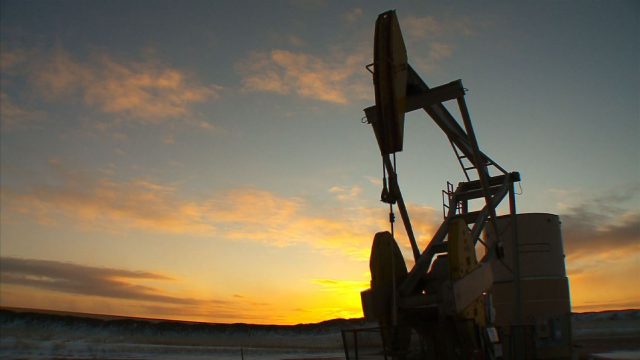Oil Patch County Is Still Second In The State For Taxable Sales And Purchases

Not surprisingly, given the oil price route, North Dakota has seen a marked decline in commerce. The year-end report on taxable sales and purchases for 2015 from the Tax Commissioner’s office (see below) shows a roughly 19 percent decline from the state.
Though, in context, we can see that the state is still at historically high levels of commerce (graph via the Tax Commissioner’s Office):

What might be driving this resilience is the fact that there is still a lot of economic activity taking place in the oil patch, even as the oil boom fades. From the Tax Commissioner’s report, here’s a county-by-county list of the change in taxable sales and purchases from 2014 and 2015. As you can see, the oil patch counties – places like Williams County, McKenzie County, Stark County, Billings County, etc. – took it on the chin.

What’s remarkable, though, is if we look at the 2015 totals for Williams County, home to Williston and the epicenter of the state’s oil commerce. Even despite a nearly 38 percent decline in taxable sales and purchases, Williams County remains in the number two slot behind only Cass County.
Burleigh County (Bismarck) comes in at third place, roughly a half billion in sales behind.
That’s pretty intresting, especially when you consider that the population of Williams County was probably around 50,000 or so at the peak of the oil boom. The population of Cass County is about 162,000, and that’s not counting the people living just across the border in Minnesota who regularly shop in the Fargo area.
The moral of the story? There’s still a lot going on in the oil patch.
Here’s the full report:
[scribd id=308190704 key=key-nzHFuQdZzus8xXFCGvQd mode=scroll]




